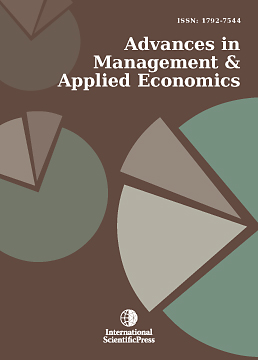Advances in Management and Applied Economics
Elderly Fall Detection Devices Using Multiple AIoT Biomedical Sensors
-
 [ Download ]
[ Download ]
- Times downloaded: 9117
Abstract
Due to the influence of degeneration and chronic diseases of elderly people, a higher chance of fall-related injuries occurs among them. Falling is one of the accidents frequently confronted by elderly people, so this issue is worthy of concern. We propose diverse models to analyze falls through a wearable device. Then, we use Artificial Intelligence of Things (AIoT) biomedical sensors for fall detection to build a system for monitoring elderly people’s falls caused by dementia. The system can meet the safety needs of elderly people by providing communication, position tracking, fall detection, and pre-warning services. This device can be worn on the waist of an elderly people. Moreover, the device can monitor whether or not the person is walking normally, transmit the information to the rear-end system, and inform his/her family member via a cellphone app while an accident is occurring. Considering the risks on the fall test of elderly people, this study adopts activities of daily living (ADL) to verify the test. According to the test results, the accuracy of fall detection is 93.7%, the false positive rate is 6.2%, and the false negative rate is 6.5%. To improve the accuracy of fall detection and the timely handling of appropriate referrals, may be highly expected to reduce the occurrence of fall-related injuries.
JEL classification numbers: D61, I30, O32.
Keywords: Fall Detection, AIoT Sensor, Elderly People.
